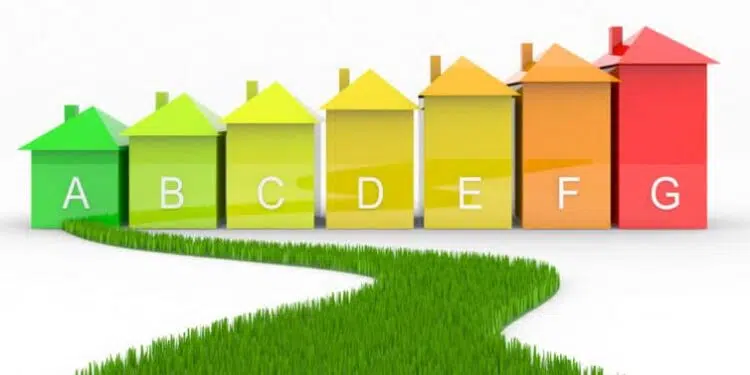Brussels – The EU Council and Parliament reached a political accord in just over two hours. today (Dec. 7) on the Energy Performance of Building Directive, the so-called green homes directive much criticized in Italy and proposed by the EU executive in December 2021 to raise the energy standards of the EU’s building stock, since buildings are responsible for about 40 percent of Europe’s energy consumption and 36 percent of its CO2 emissions.
In the final agreement, negotiators softened some of the European Commission’s initial demands in order to meet the demands of countries such as Italy, where the proposal has fueled bitter controversy, especially over the financing and minimum energy performance standards parts.
Minimum performance standards with exemptions
.
At the heart of the EU executive’s proposal are the minimum energy performance standards—contained in Article 9—by which Brussels had proposed to include a requirement to renovate at least 15 percent of the worst-performing buildings in each EU country. Negotiators confirmed that they wanted to leave behind the idea of including EU renovation requirements for individual buildings based on harmonized energy classes, preferring an approach in which reference averages are set for each country across the entire building stock.
For nonresidential buildings, negotiators agreed that at least 16 percent of the worst-performing buildings will be targeted for renovation by 2030 and 26 percent by 2033. As for residential buildings, a sector-average energy reduction target will be applied, with a 16 percent energy consumption reduction by 2030 and 20-22 percent by 2035.
The general outline of the European Commission’s proposal is retained, and thus from 2030, all new residential buildings will have to be constructed to be zero-emissions. For public buildings, this standard will apply from 2028. By 2050, the entire existing building stock will have to be zero-emission. To provide flexibility for governments, renovation measures taken since 2020 will count toward the target, and, as Eunews learns from sources close to the negotiations, there is an additional clause aimed at rewarding “early efforts,” that is, rewarding member states that have taken early measures. The agreement also provides several exemptions that member states can apply for historic, agricultural, and military buildings, as well as buildings used only temporarily.
Solar roofs and stop to gas boilers
.
Among the details worked out during today’s negotiations, which began in Brussels at around 4:30 p.m., the requirement to say goodbye to fossil-fueled boilers for cooling and heating homes, an issue also dear to Italy, has been postponed from 2035 (as per the EU executive’s proposal) to 2040. The co-legislators also agreed to end all subsidies for stand-alone boilers by 2025.
As for the installation of solar panels on roofs, the obligation will only cover new buildings, public buildings, and nonresidential buildings from 2026 to 2030, respectively. But member states will also have to implement national strategies, policies, and measures to install solar systems in residential buildings as well.
The political agreement will now have to be formally approved by both institutions, separately. According to the rapporteur for the Euro Chamber, Green MEP Ciarán Cuffe, the European Parliament vote to confirm the agreement is expected to take place in February. And once approved, implementation should begin in 2026.
“Thanks to this agreement we will be able to improve the energy performance of buildings, reduce emissions, and combat energy poverty,” commented Teresa Ribera, Spanish minister for transition who led the negotiations on behalf of the EU Council. “This is another big step towards the EU’s goal of achieving climate neutrality by 2050.” Also pleased is EU Energy Commissioner Kadri Simson, according to whom “these are not only important tools to achieve our climate ambitions, but also a set of concrete measures that improve the lives of our citizens, reduce energy bills and boost the economy.”
English version by the Translation Service of Withub










